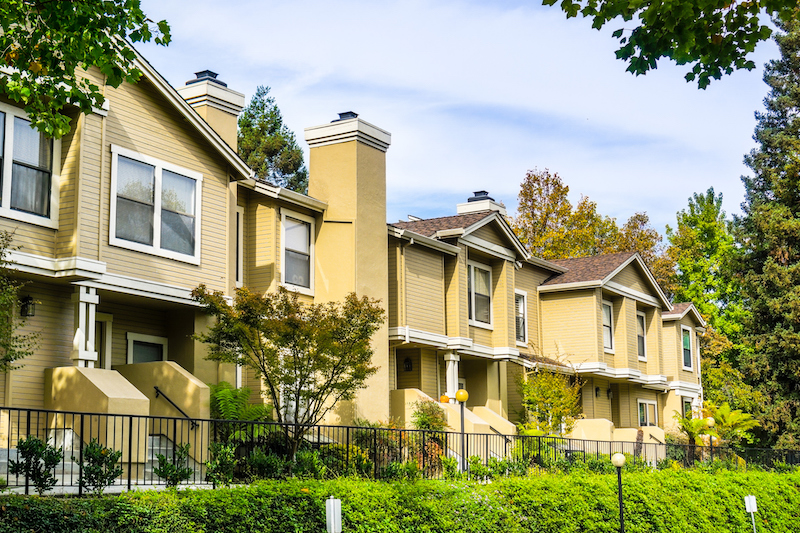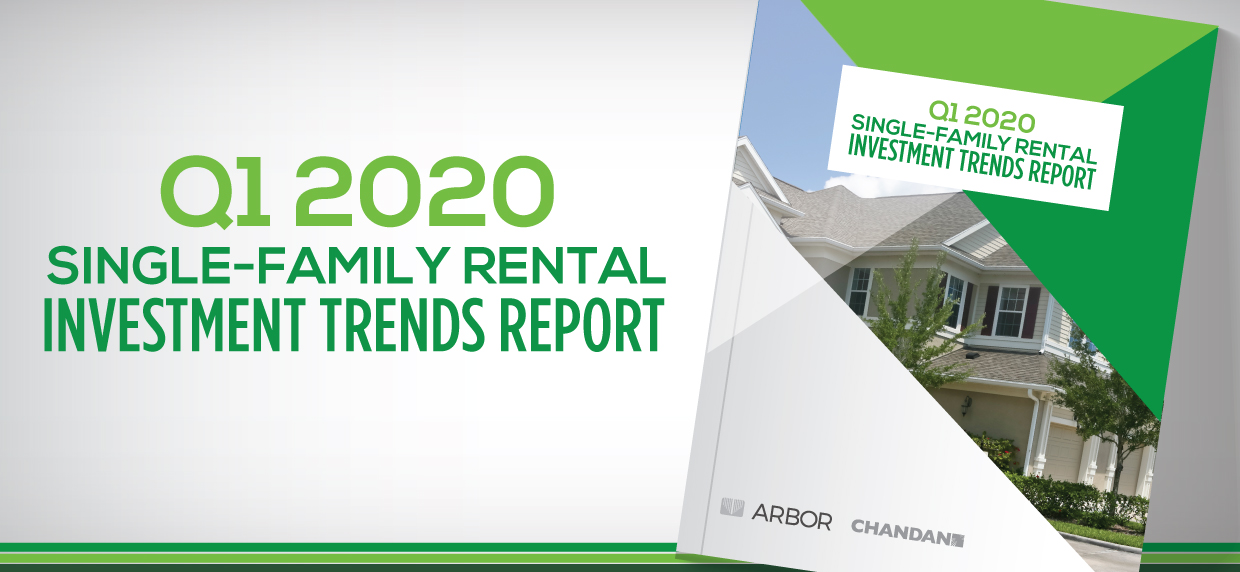Current Reports
In an otherwise uneven economic environment, multifamily real estate and other investment classes adept at absorbing inflationary pressures have outperformed the rest. Within the surging multifamily sector, certain markets shined brightly this year. The 2022 Arbor Realty Trust Large Multifamily Opportunity Matrix highlights the top 50 U.S. metros for investment.
Articles
The Federal Housing Administration (FHA) announced on September 7 that it had increased the frequency of allowable surplus cash distributions with most FHA-insured multifamily mortgages. Distributions can now be taken as often as once per month, updated from two times per accounting year historically.
Top 50 U.S. Metros for Large Multifamily Investment Revealed In an otherwise uneven economic environment, multifamily real estate and other investment classes adept at absorbing inflationary pressures have outperformed the rest. Within the surging multifamily sector, certain markets shined brightly this year. The 2022 Arbor Realty Trust Large Multifamily Opportunity Matrix highlights the top 50 U.S. metros for investment. Key Findings: Robust population growth and a relatively low level of new development make San Antonio the top target for multifamily investment. Orlando stands out as the nation’s leading WFH importer, boasting a high share of new remote workers, many of them recent arrivals. Las Vegas, previously the third-ranked market, remains near the top of the matrix largely due to its success in attracting remote workers. Complete the form to instantly access the full report!
Analysis
Small multifamily prices continued to press higher at a double-digit annual rate in the second quarter of 2022 and cap rates sank to new all-time lows.
Articles
In this video, Chandan Economics Founder Sam Chandan discusses the key findings of our Summer 2022 Special Report, written with Arbor’s Chairman and CEO Ivan Kaufman.
Articles
On balance, the specter of potential market-limiting legislation cannot be ignored. At the same time, the sector is well-positioned to see continued growth in the second half of 2022.











